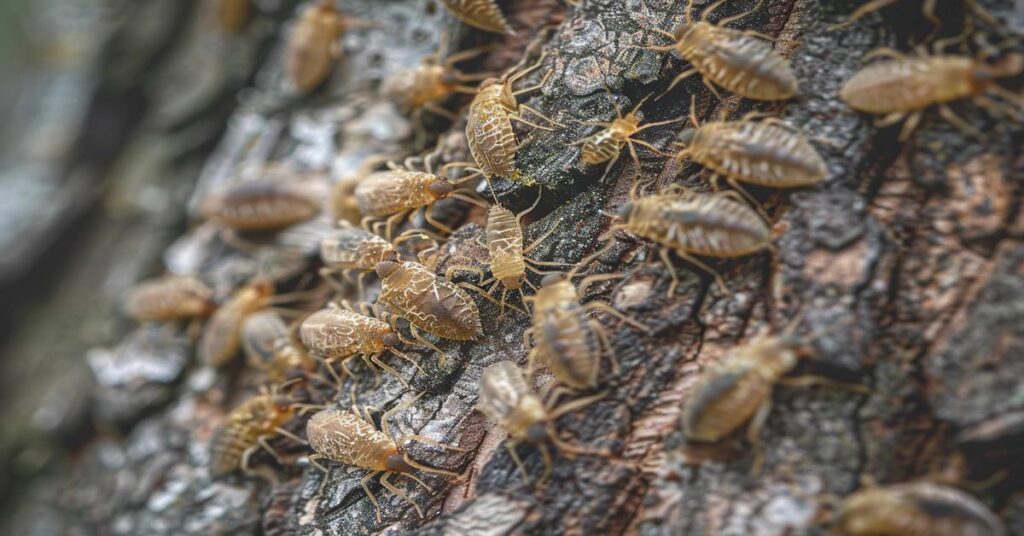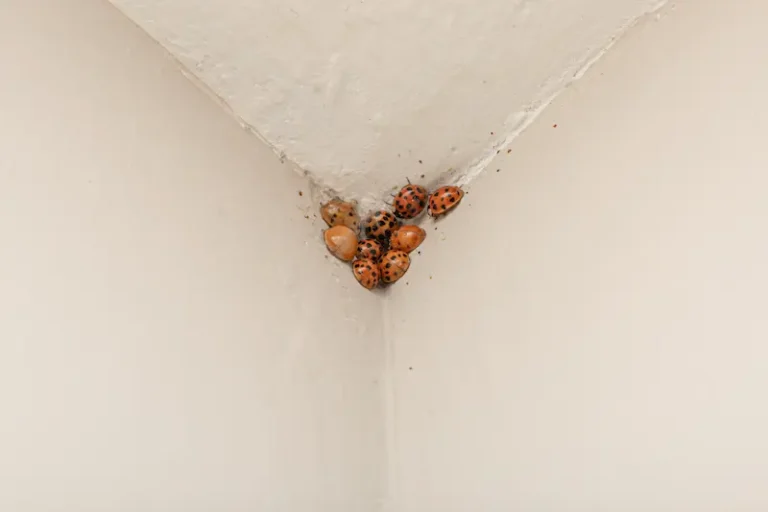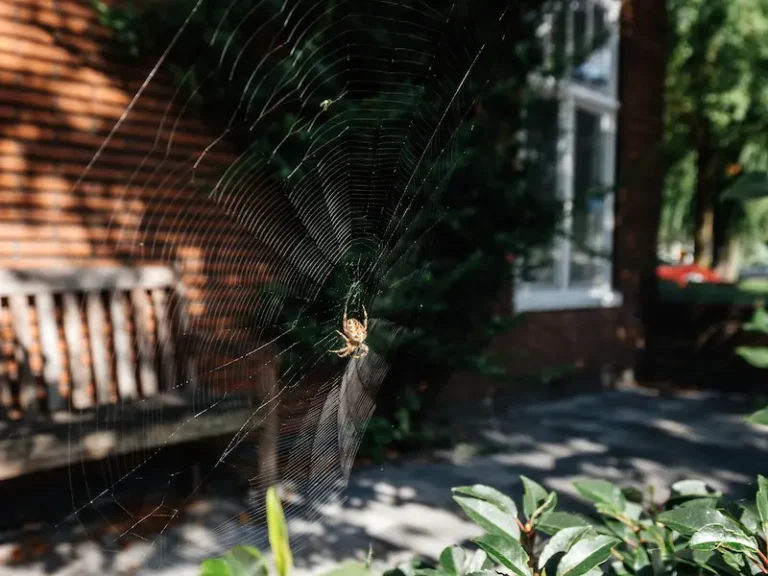There are over 5,000 species of psocids in the world. In the United States, we have more than 200 identified species. Depending on what species you have in your Lexington home they may be 1 to 6 mm long and they can range in color from pale to tannish brown. The skin of a psocid is transparent, allowing you to see its innards. When you find these insects, you might think you have lice because they can have a similar appearance. This has led many to call them booklice or barklice. Here are a few things you should know about psocids in Lexington.
Do Psocids Bite Humans?
Psocids have chewing mouthparts that can nibble through paper and cardboard but they don’t do a very good job of nibbling on skin. For this reason, they are not considered a biting pest. They have no reason to bite people anyway because they don’t eat blood. They feed on mold, fungi, rotting organic material, and starches. So you don’t need to worry about these insects seeking you out and biting you when they get inside your Lexington home. But be cautious when moving items that are infested with psocids. You could get a pinch from those chewing mouthparts if you get psocids on you.
Are Psocids Harmful To Humans?
These insects are considered a low threat for the spread of illness and they are not known to transmit human pathogens. They can, however, be a threat to foods in your pantry and food should be thrown out if you find psocids in it. Psocids prefer to infest foods that are decaying and past their due dates.
How Do You Know If You Have Psocids?
If you’re wondering whether or not you have psocids in your home, you’re going to have to look for them in the places they are most likely to be. Search areas of your home that are moist or high in humidity. Moisture promotes mold and fungi, the primary food source for psocids. They are also drawn to warmth. Attic space with rainwater getting in is the perfect environment for psocids, especially boxes, books, or papers. They’re also common pests in basements, cellars, and humid storage rooms.
What Do Psocids Do?
When these insects get into your Lexington home, you can expect them to feed on the starches in wallpaper paste, books, paper goods, furniture, fabrics, paintings, and more. They can also infest pantry products, as mentioned above. These tiny insects can be destructive to your belongings if given enough time to feed. And it is very unpleasant when you find that they’re in your foods after you’ve eaten.
How Do I Get Rid Of Psocids?
The best way to address psocids in your home is to dry things out and clean things up. They cannot survive in a dry environment and they will have a harder time finding a meal in a dry, clean environment. You deter and eliminate psocids by:
- Installing fans or dehumidifiers in high humidity rooms such as attic spaces, cellars, and basements.
- Addressing cracks, gaps, or holes that allow rainwater or moisture into your home.
- Addressing pests that create holes in your exterior walls or that damage the gaskets around roof penetrations.
- Fix any leaking or weeping pipes inside your home.
- Good sanitation can help to get a psocid infestation under control and prevent an infestation from taking root, especially in pantries, kitchens, and food-storage areas.
Professional Pest Control
If you’re dealing with an infestation of psocids, it can be very frustrating. If you don’t want to wait for the dry conditions you’ve created to eliminate these insects, you can take action and call Action Pest Control. We use EPA-approved products and field-tested methods to locate, identify, and exterminate psocids. Our service professionals are fully licensed and highly trained. They’re also some of the nicest people you’ll ever meet. We can help you get rid of those frustrating pests quickly. Reach out to us today and schedule service for your Lexington home. We’re here to help.



